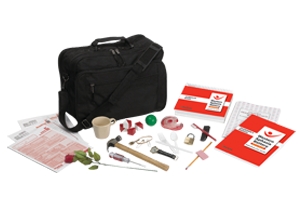The Western Aphasia Battery-Revised (WAB-R) assesses linguistic skills most frequently affected by aphasia, plus key nonlinguistic skills, and provides differential diagnosis information. Adaptable to various administration settings from hospital room to clinic, it provides a baseline level of performance to measure change over time
Western Aphasia Battery-Revised
WAB-R
The Western Aphasia Battery-Revised (WAB-R) assesses linguistic skills most frequently affected by aphasia, plus key nonlinguistic skills, and provides differential diagnosis information. Adaptable to various administration settings from hospital room to clinic, it provides a baseline level of performance to measure change over timeChoose from our formats
Kits
Starter & complete kits, print & digital
1 option
Test forms & reports
Booklets, record forms, answer sheets, report usages & subscriptions
3 options
Support materials
Manuals, stimulus books, replacement items & other materials
3 options
All products
All tests and materials offered for WAB-R
7 options